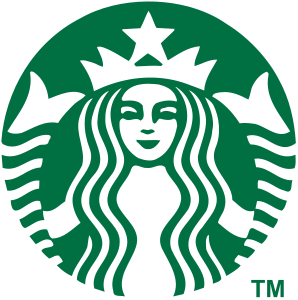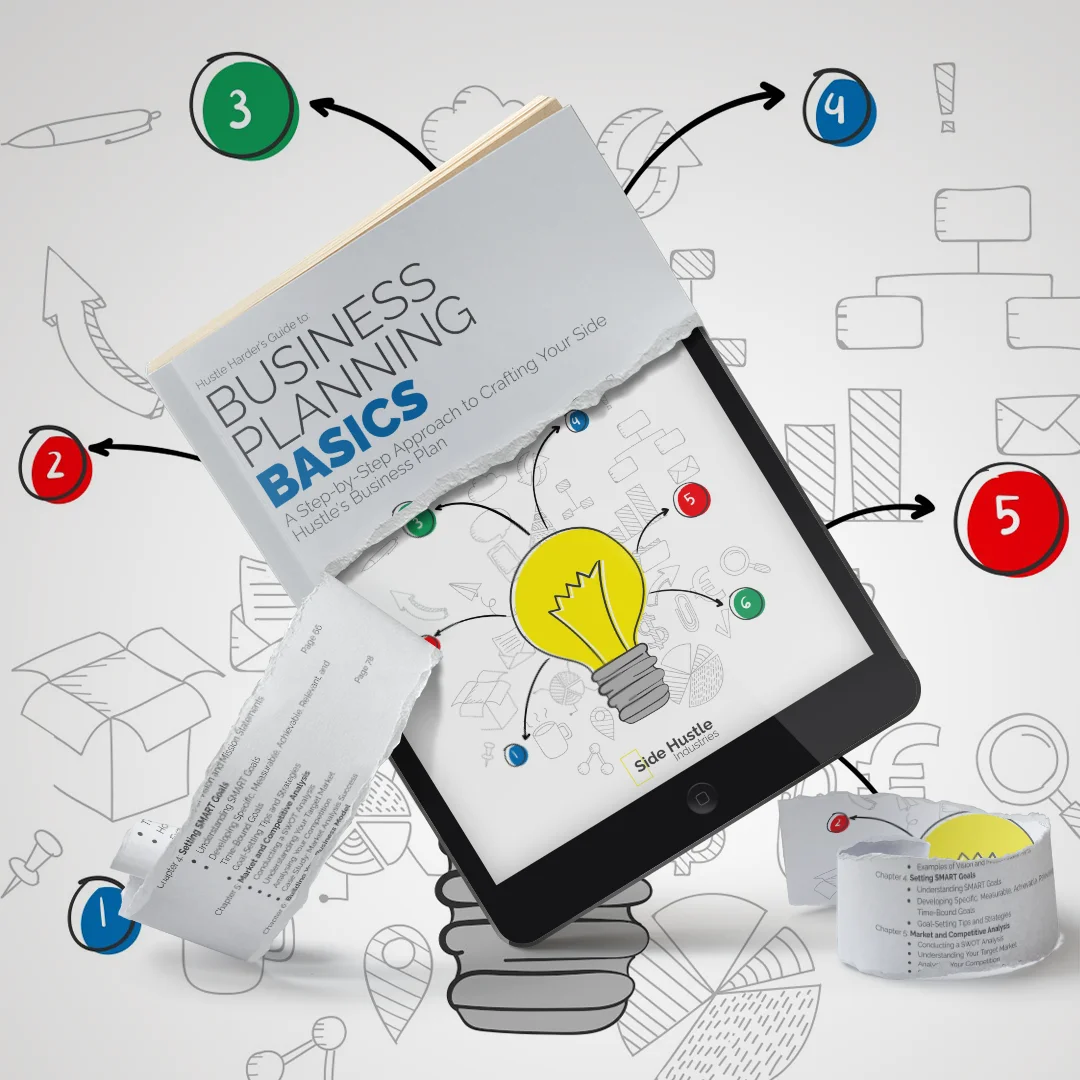
To gain a deeper understanding of how vision and mission statements work in real-life businesses, it’s helpful to explore some examples from both well-established companies and startups. These examples will showcase how these statements can effectively communicate a company’s values, purpose, and long-term goals. They also demonstrate the diversity of industries and objectives for which vision and mission statements are created.
Vision Statements

1. Tesla:
“To create the most compelling car company of the 21st century by driving the world’s transition to electric vehicles.”
Tesla‘s vision statement is both aspirational and clear. It succinctly outlines the company’s goal of leading the transition to electric vehicles, emphasising innovation and sustainability.

2. Google:
“To provide access to the world’s information in one click.”
Google‘s vision statement is straightforward and reflects its core mission of organising and making information universally accessible. It highlights simplicity and user-centricity.

3. Warby Parker:
“To offer designer eyewear at a revolutionary price while leading the way for socially conscious businesses.”
Warby Parker‘s vision statement emphasises its commitment to affordability and social responsibility. It highlights the brand’s unique positioning in the eyewear industry.

4. Microsoft:
“Empower every person and every organisation on the planet to achieve more.”
Microsoft‘s vision statement is ambitious and inclusive. It focuses on the company’s role in empowering individuals and organisations globally.

5. Oxfam:
“A world without poverty.”
Oxfam‘s vision statement is a simple yet powerful declaration of its ultimate goal. It encapsulates the organisation’s commitment to eradicating poverty.
Mission Statements

1. Patagonia:
“Build the best product, cause no unnecessary harm, use business to inspire and implement solutions to the environmental crisis.”
Patagonia‘s mission statement is comprehensive and reflects the company’s commitment to environmental responsibility. It emphasises product quality and its broader role in addressing environmental challenges.

2. Starbucks:
“To inspire and nurture the human spirit – one person, one cup, and one neighbourhood at a time.”
Starbucks‘ mission statement focuses on human connection and community. It underscores the company’s commitment to providing more than just coffee.

3. American Red Cross:
“To prevent and alleviate human suffering in the face of emergencies by mobilising the power of volunteers and the generosity of donors.”
The American Red Cross‘s mission statement is direct and purpose-driven. It outlines the organisation’s core mission of providing aid during emergencies and disasters.

4. Airbnb:
“To create a world where anyone can belong anywhere.”
Airbnb‘s mission statement is rooted in inclusivity and the idea of making travel and lodging accessible to all. It captures the essence of the sharing economy.

5. Tesla:
“To accelerate the world’s transition to sustainable energy.”
Tesla‘s mission statement complements its vision by focusing on the rapid transition to sustainable energy. It highlights the company’s commitment to sustainability and innovation.
The Interplay of Vision and Mission
Examining these examples, you can see how vision and mission statements often work in tandem. The vision statement sets the long-term aspirations and goals, while the mission statement outlines the practical steps and purpose that drive the company toward those aspirations.
For instance, in Tesla’s case, the vision statement focuses on creating the most compelling car company and driving the transition to electric vehicles, while the mission statement specifies the action it takes to achieve that vision – accelerating the world’s transition to sustainable energy.
Warby Parker’s vision statement emphasises offering designer eyewear at an affordable price, and its mission statement reflects the commitment to make eyewear more accessible and affordable. Together, they establish a clear brand identity and purpose.
These examples demonstrate that vision and mission statements are not static documents but dynamic tools that shape a company’s culture, goals, and actions. They guide decision-making, attract like-minded stakeholders, and communicate a brand’s values to the world.
When crafting your own vision and mission statements, consider these examples as a source of inspiration and a reminder of the power these statements hold in shaping a business’s identity and purpose. Your vision and mission statements should reflect your unique values, aspirations, and objectives, setting the course for your entrepreneurial journey.

*Also available on Amazon in Kindle, Soft Cover & Hard Cover formats. —> Click Here.
